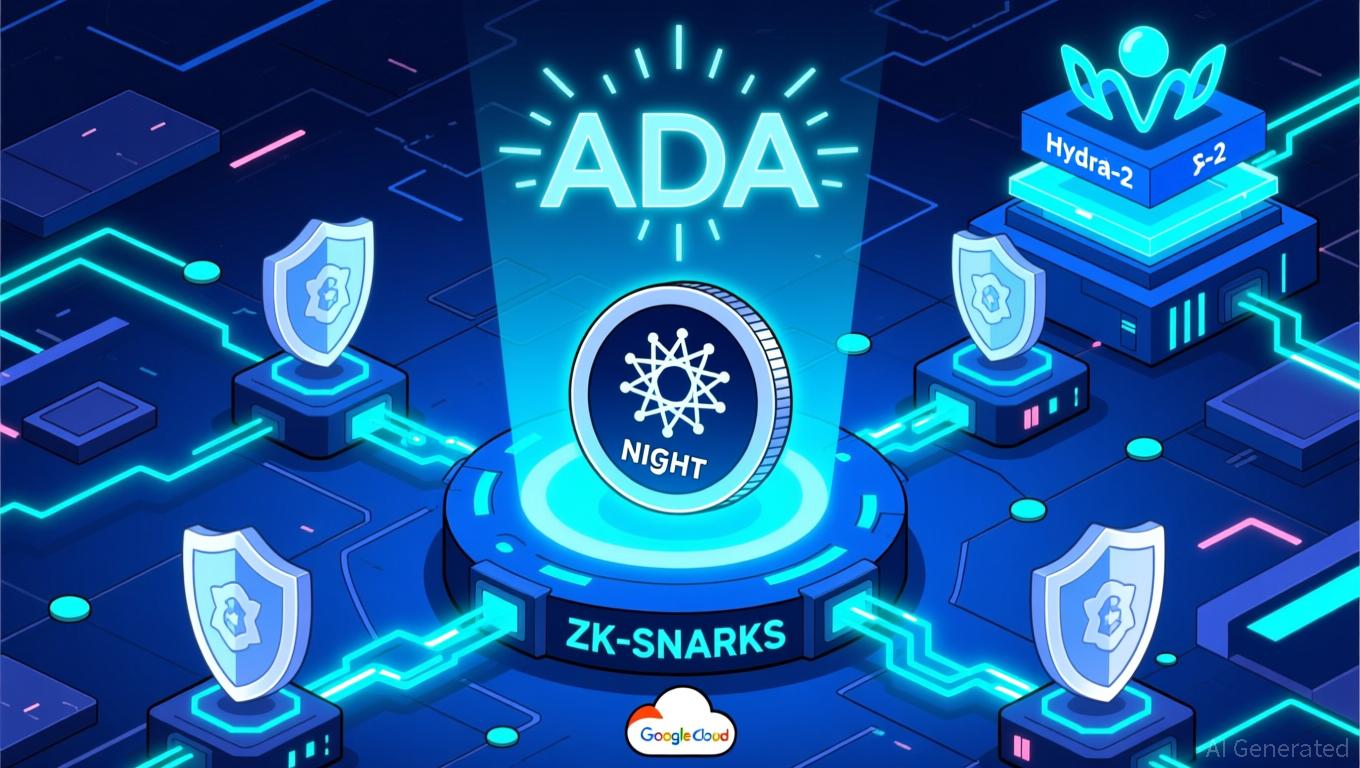Global authorities tighten oversight on cryptocurrencies as the yen’s decline highlights underlying economic vulnerabilities
- Bitcoin prices dropped globally as the yen hit a 10-month low, contrasting Canada's stablecoin regulatory advances with Asia's economic fragility. - Japan faces pressure to raise interest rates amid yen depreciation, while a ¥21.3 trillion stimulus aims to balance inflation and growth risks. - Canada's Bank of Canada will oversee stablecoin reserves, aligning with U.S. crypto regulations and signaling global tightening of crypto oversight. - UK's "Operation Destabilise" uncovered a $1B Russian-linked lau
On Friday, Bitcoin prices dropped worldwide as the yen weakened to its lowest point against the dollar in ten months, while Canada moved forward with new stablecoin regulations, highlighting contrasting economic trends in Asia and North America. The cryptocurrency’s downturn occurred amid heightened market turbulence, with the yen’s slump and concerns over illegal financial activities drawing focus to the relationship between traditional and digital asset markets
The yen’s decline, which set a new record low against the euro, has increased calls for the Bank of Japan (BOJ) to shift its monetary policy stance. In a Reuters survey of 81 economists, 53% predicted the BOJ would lift its short-term rate to 0.75% in December, a move considered vital to counteract inflation fueled by a weaker currency

Japan’s fiscal stimulus has added further complexity. The government approved a ¥21.3 trillion ($135 billion) stimulus package to spur growth, with officials pointing to increased regional export demand as a buffer against U.S. economic softness. This package, the largest since the pandemic, is intended to anchor inflation expectations and support the yen, with Finance Minister Katayama making verbal interventions
At the same time, Canada’s federal budget passed a significant milestone in Parliament, advancing legislation that designates the Bank of Canada as the regulator for stablecoins. The new framework mandates that stablecoin issuers hold reserves fully backed by high-quality assets, bans interest payments to users, and enforces strict cybersecurity and risk management protocols
These regulatory changes coincide with heightened attention to illegal crypto transactions. The UK’s National Crime Agency (NCA) uncovered a billion-dollar laundering operation linked to Russian military activities, which used banks in Kyrgyzstan to funnel money into the Ukraine conflict. Dubbed “Operation Destabilise,” the investigation revealed how proceeds from UK drug sales and stolen cryptocurrency were routed through shell firms and sanctioned banks to finance Russia’s defense sector
The NCA pointed out that such operations blur the boundaries between domestic crime and international politics. “There’s a direct link from someone buying drugs in the UK on a Friday night to global events causing suffering elsewhere,” stated deputy director Sal Melki
As these factors converge, the yen’s future and Canada’s stablecoin regulations are expected to remain in the spotlight. The BOJ’s decision in December may challenge Japan’s ability to balance inflation management with economic growth, while Canada’s rules could become a model for global stablecoin oversight. Meanwhile, the UK’s clampdown on Russian-linked laundering networks highlights the expanding influence of cryptocurrency in both legitimate and illicit financial systems.
Disclaimer: The content of this article solely reflects the author's opinion and does not represent the platform in any capacity. This article is not intended to serve as a reference for making investment decisions.
You may also like
Cardano News Update: Midnight Achieves 24 Billion Token Milestone at 0.80 ADA, Driven by Cardano's Minimal Fees
- Midnight's Cardano-based privacy sidechain minted 24B NIGHT tokens at 0.80 ADA ($0.52), showcasing Cardano's low fees and scalability ahead of Dec 8, 2025 launch. - The project uses ZK-SNARKs for privacy-compliant transactions and a dual-token model (NIGHT for governance, DUST for shielded payments) with cross-chain synchronization. - Token distribution will occur in phases over 360 days, with initial allocations to early contributors and planned exchange listings to stabilize market dynamics. - Cardano'

ZKP's Code-Driven Fairness Transforms Cryptocurrency Auctions
- Zero Knowledge Proof (ZKP) launches a transparent, fair, anti-whale ICA model using real-time demand and on-chain data for token distribution. - Daily 24-hour auctions allocate 200M tokens via dynamic pricing, with contributions in ETH/USDC/ZUSD determining final prices through algorithmic calculations. - Smart contracts enforce $50,000 per-wallet caps to prevent market manipulation, ensuring equal access through code-enforced fairness. - Pre-built infrastructure including hardware/software and a decentr

Bitcoin’s Sharp Decline: Caution Sign or Chance to Invest?
- Bitcoin's $87,000 drop reflects macroeconomic pressures from Fed policy shifts and $2.7T U.S. stock market losses, with Ray Dalio questioning its reserve asset utility. - The Bitcoin for America Act enables tax payments in BTC, creating a 4. 3M coin Strategic Reserve potentially worth $14T at $3.25M/coin, signaling institutional confidence. - Global regulators (MiCA, FIMA Act) reduce crypto ambiguity while Bernstein sees $80,000 as a potential buying zone amid ETF inflows and Trump-era policy tailwinds.
The Factors That Led to Bitcoin’s Sharp Decline at the End of 2025
- Bitcoin's late-2025 crash stemmed from Fed rate hikes, regulatory ambiguity, and institutional risk aversion despite adoption growth. - The Fed's hawkish stance reduced liquidity, pushing investors toward fixed-income assets while SEC's inconsistent enforcement deepened uncertainty. - Institutional Bitcoin holdings (3.5% circulating supply) couldn't offset sell-offs as macroeconomic pressures and legal vacuums triggered hedging strategies. - Market participants now prioritize rate-hedging tools, regulato